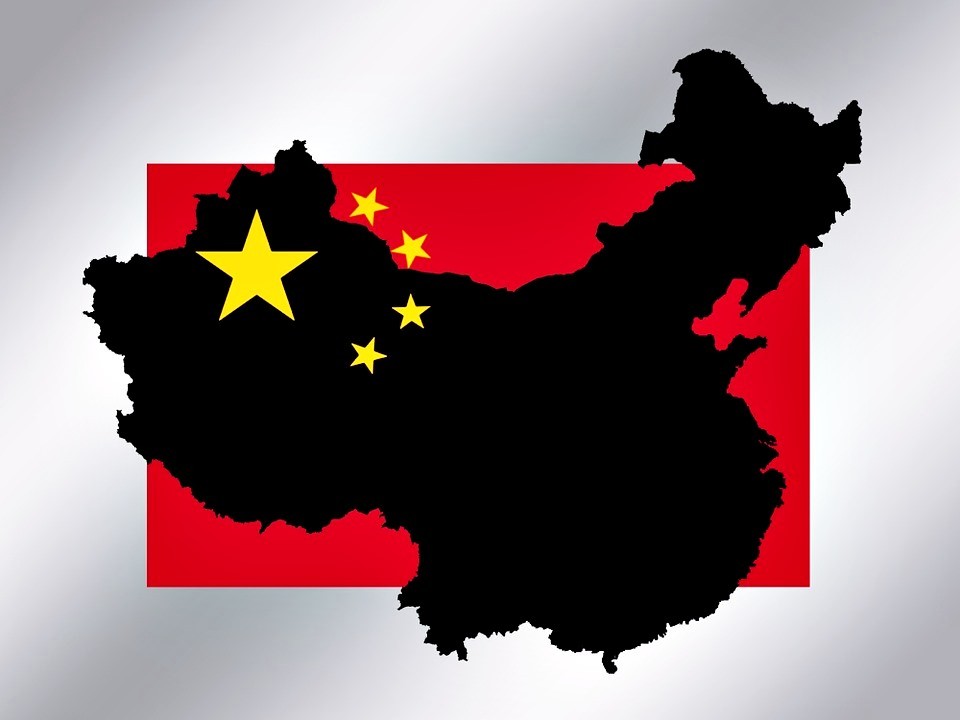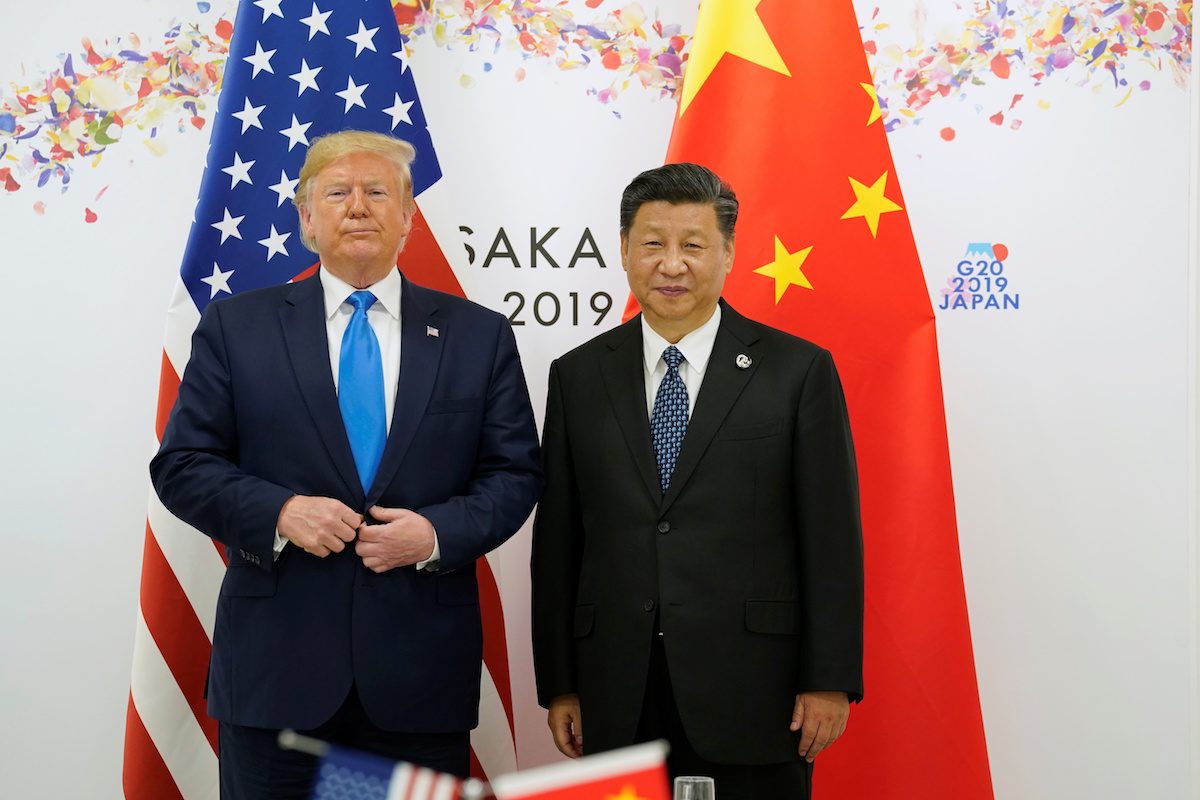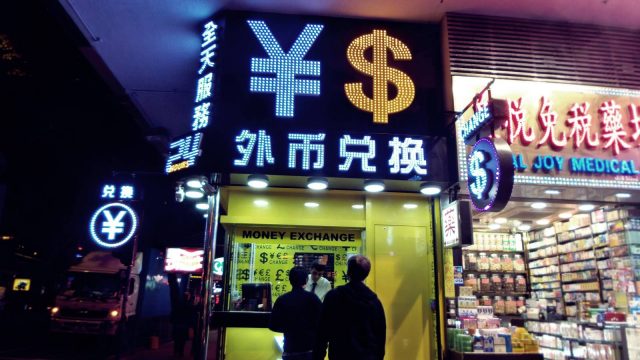Banking
First-class innovation zone rising in the west
Since its establishment in 1991, the Xi’an High-Tech Industries Development Zone in Northwest China’s Shaanxi province has made big strides toward its goal of becoming a world-class zone in the sector.Official statistics show that the 307 sq km zone is now home to more than 16,800 enterprises that generated 370 billion yuan ($59 billion) in revenues in the first eight months of 2012, 31 percent more than the same period last year.”Another big stride has been made with the arrival of Samsung Electronics,” said Zhao Hongzhuan, head of the administrative committee of the Xi’an High-Tech Industries Development Zone.The company began construction on its $7-billion flash memory chip plant earlier last month, just five months after the contract was signed.The project, the largest foreign investment in China’s information and electronics industry, is already attracting others to follow suit.In addition to luring companies with the help of giants like Samsung, the zone has long been attracting them through its own advantages.”We have good infrastructure and we are spending to improve it,” Zhao said, noting that the zone invested 26.53 billion yuan in infrastructure from January to August alone.The high-tech zone has now housed 17 national-level industrial parks for optoelectronics, software and integrated circuits, as well as 23 business startup parks. With a combined area of more than 1.19 million square meters, the startup parks have now produced more than 2,300 companies, according to a report from the zone.Its administrative committee also encourages engineers and college graduates to start businesses by offering free administrative services.”This means that, combined, they can save around 20 million yuan per year,” said Zhao, adding that the measure is expected to help add around 3,000 new companies each year to be established in the zone.”We will try to help around 10,000 new startups in five years so that they can ensure the zone’s sustainable development,” Zhao said.As part of the campaign to drive growth in new companies, the zone authorities also help facilitate access to loans.The local Chang’an Bank has set up a branch to offer financial support to small and medium-sized technology enterprises.Others including Bank of Xi’an, China Merchants Bank and China Construction Bank, are expected to soon follow, according to Zhao.Since many new companies have few hard assets — a frequent prerequisite for banks to lend money — the zone has negotiated with Standard Chartered Bank’s local branch to offer small, unsecured loans to micro and small enterprises.”Such loans, usually ranging from 300,000 to 1.5 million yuan, can provide them with the funds they require to go ahead,” Zhao said.In addition, the high-tech zone itself has earmarked 1 billion yuan per year to boost development f some industries including IT and electronics, according to reports in Xi’an Daily.Official statistics from 2011 show that 13 companies had revenues of more than 10 billion yuan each, 64 generated 1 billion yuan and 265 had 100 million yuan.The zone is now home to 50 listed companies, 60 percent of all publicly traded companies in Shaanxi province. The figure is expected to reach 100 by 2015, Zhao said.
Since its establishment in 1991, the Xi’an High-Tech Industries Development Zone in Northwest China’s Shaanxi province has made big strides toward its goal of becoming a world-class zone in the sector.Official statistics show that the 307 sq km zone is now home to more than 16,800 enterprises that generated 370 billion yuan ($59 billion) in revenues in the first eight months of 2012, 31 percent more than the same period last year.”Another big stride has been made with the arrival of Samsung Electronics,” said Zhao Hongzhuan, head of the administrative committee of the Xi’an High-Tech Industries Development Zone.The company began construction on its $7-billion flash memory chip plant earlier last month, just five months after the contract was signed.The project, the largest foreign investment in China’s information and electronics industry, is already attracting others to follow suit.In addition to luring companies with the help of giants like Samsung, the zone has long been attracting them through its own advantages.”We have good infrastructure and we are spending to improve it,” Zhao said, noting that the zone invested 26.53 billion yuan in infrastructure from January to August alone.The high-tech zone has now housed 17 national-level industrial parks for optoelectronics, software and integrated circuits, as well as 23 business startup parks. With a combined area of more than 1.19 million square meters, the startup parks have now produced more than 2,300 companies, according to a report from the zone.Its administrative committee also encourages engineers and college graduates to start businesses by offering free administrative services.”This means that, combined, they can save around 20 million yuan per year,” said Zhao, adding that the measure is expected to help add around 3,000 new companies each year to be established in the zone.”We will try to help around 10,000 new startups in five years so that they can ensure the zone’s sustainable development,” Zhao said.As part of the campaign to drive growth in new companies, the zone authorities also help facilitate access to loans.The local Chang’an Bank has set up a branch to offer financial support to small and medium-sized technology enterprises.Others including Bank of Xi’an, China Merchants Bank and China Construction Bank, are expected to soon follow, according to Zhao.Since many new companies have few hard assets — a frequent prerequisite for banks to lend money — the zone has negotiated with Standard Chartered Bank’s local branch to offer small, unsecured loans to micro and small enterprises.”Such loans, usually ranging from 300,000 to 1.5 million yuan, can provide them with the funds they require to go ahead,” Zhao said.In addition, the high-tech zone itself has earmarked 1 billion yuan per year to boost development f some industries including IT and electronics, according to reports in Xi’an Daily.Official statistics from 2011 show that 13 companies had revenues of more than 10 billion yuan each, 64 generated 1 billion yuan and 265 had 100 million yuan.The zone is now home to 50 listed companies, 60 percent of all publicly traded companies in Shaanxi province. The figure is expected to reach 100 by 2015, Zhao said.
Excerpt from:
First-class innovation zone rising in the west
Banking
Bow to Beijing a low move by HSBC
HSBC has put money before morality to back China’s new security law: one that’s an assault on the freedoms of Hong Kong’s people.

Luckily for HSBC, it’s headquartered in Britain: a country where you can say what you like about Boris Johnson and his shambolic handling of the pandemic.
(more…)Banking
How China’s role in global finance has changed radically
Within the space of just 15 years, China has gone from being the largest net lender to the world to now being a net borrower. The implications for the global economy, and China’s role within that economy, could be significant.

‘If you owe the bank $1 million, you have a problem. But if you owe the bank $1 trillion, then the bank has a problem’. It’s an old gag, but it underscores an important point: the size of your borrowing or lending can have profound implications for your role in the world.
(more…)Banking
Could China’s financial repression be good for growth?
China’s financial reform and development over the past four decades could be described as strong in establishing financial institutions and growing financial assets, but weak in liberalising financial markets and improving corporate governance.

When China began economic reform in 1978, it had only one financial institution — the People’s Bank of China. As a centrally planned economy, the state arranged the transfer of funds and there was little demand for financial intermediation.
(more…)











